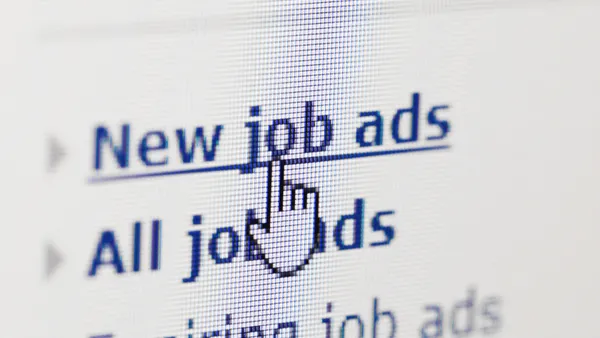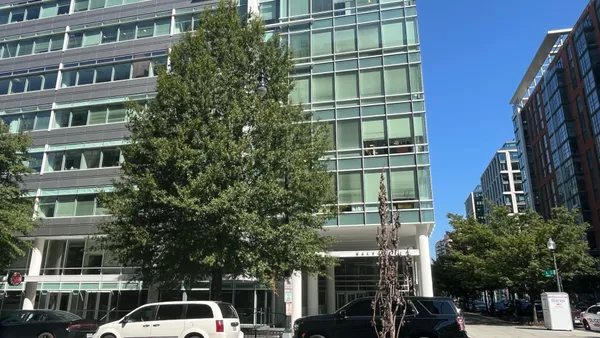Labor has seen a once-in-a-lifetime shakeup during the COVID 19 pandemic. Not only did people find different ways to work through work-from-home and hybrid arrangements, but they found new work, too, with so many people quitting jobs that “The Great Resignation” and “The Big Quit” became part of popular lexicon. Between June 2021 and December 2022, more than 4 million Americans quit their jobs each month, according to U.S. Bureau of Labor Statistics.
But the workers jumping ship seems to have abated. In March 2023, the quit rate was 2.5%, down from 2.9% the year before, according to the Bureau of Labor Statistics. Monthly job postings are down too, according to the ADP Research Institute. There were 9.6 million job openings posted in March of this year, which is still high, but openings have gone down about 20% from more than 12 million in March 2022.
“The great resignation, as it came to be known, was fueled by abundant job opportunities, labor shortages, and big pay increases for workers who quit one job to take another,” Nela Richardson, chief economist at ADP, wrote. “A year later, all three of these dynamics are abating, and the great resignation itself is looking like a thing of the past.”
Uncertainty keeps workers at work
Shireen El-Maissi, director of people and talent at Blueboard, an employee rewards and recognition platform, said that a lot of employees are starting to crave stability. “I’ve been talking to a lot of people who have had three jobs in the last two years, and they don’t want that anymore. They’re stating. ‘I’m looking for my home,’” she said.
Layoffs, especially in tech, have added to this desire to stay in place. While before workers might have looked for growth opportunities outside of their current employer, “now they’re trying to seek those things internally. The risk isn’t worth it right now, especially in the current economic climate,” she said.
The pandemic has also affected employees in personal ways that managers may not be able to fully understand. That doesn’t mean employers have to know every single struggle a worker has, but they should “have grace for what employees are going through right now,” El-Maissi said. “There’s been a lot of uncertainty over the last couple of years, and we’re trying to find stableness and a new normal.”
While she thinks employers are much closer to reaching that they were before, they “do need to have a little bit of room for what employees have gone through, El-Maissi said.
That might also mean openness at work, and the feeling of a caring workplace culture. ADP found that 68% of workers feel they can be open about their physical health, and 64% said they can be open about their mental health. Most also agree that they’re supported by their managers (64%) and co-workers (71%).
The financial benefit of switching jobs declines
During the great recession, workers often left for greener pastures — and better paying ones.
But switching jobs may not offer the same financial boon anymore either. According to ADP Pay Insights data, year-over-year pay increases workers gained from switching jobs peaked in June 2022 at 16.4%. But April 2023 pay gains for workers who switched jobs was 13.2 percent.
That doesn’t mean employees have lower expectations for pay, though. According to ADP, workers are looking for pay in line with higher cost of living, with 62% saying they received a raise in the last year, with increases averaging 6.4%. They also found that 44% of workers think they’re underpaid at their job, and 83% expect a raise in 2023.
That doesn’t mean compensation is the be all and end all now, though El-Maissi said that she’s seen money be less of a factor for employees these days. “Money obviously provides financial stability, but people want to make money in a way that’s aligned with who they are and the time they’re putting into what they’re doing.”
That includes a desire for connectedness at work, whether that’s with the company, a project or their co-workers. “People are willing to stay if they feel that connectedness to their organization.”













